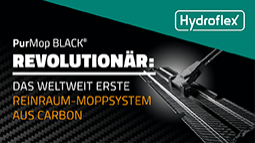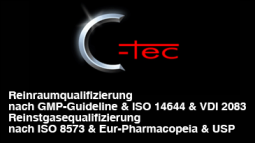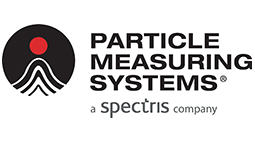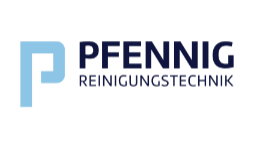M+W Zander: First Gigawatt factory in the Photovoltaik already 2010 ago
, Â Betriebsstoffrecycling and higher energy efficiency "in the
silicon-based Photovoltaikproduktion it will already give cost
lowerings by capacity development in the year 2009 first factories
with capacities beyond the Gigawatt border." This prognosticated M+W
Zander FE managing director Robert Gattereder during a lecture to a
specialized conference. After Gattereders estimate becomes such a '
factory of the future ' by structure of three parallel manufacturing
modules with a capacity from in each case 350 to 450 megawatts
realizable. In the thin section sector against it only a
Gigawattproduktion in a module is to be expected starting from 2011.
So for example only still the kilns would have to be developed for the
processing of appropriate glass substrates (3.21 times 3.0 square
meters).A goal of the drastic raising ("scaling") of the production capacities
for solar cells and modules can it be attained by smaller
manufacturing costs the competitive ability of solarly produced river
in relation to other energy sources. Experts estimate that this is
converted in the course of the next decade. The Gigawatt factory is an
important milestone on the way to such a mass production. In addition
M+W Zander "the concept for wafer-based production processes developed
Smart farm". It transfers experiences from the automobile to the
Photovoltaikindustrie. So replaced with individual process steps a
only one line-spreading installed machine the machines existing in
each line, which lowers both the capital outlays and the space
requirement. The supply of chemicals, gases and high-purity water
takes place central according to the respective function.A high recycling degree with high-purity water and chemicals as well
as an optimized storage logistics contribute in particular likewise to
the lowering of the costs. With the energy consumption the M+W Zander
FE managing director sees further Einsparpotenzial, approximately by
use of blockheizkraftwerken. These power stations use resulting warmth
with current production, in order to produce additionally steam, hot
and chilled water ("tri generation"). So the CO_2 emissions of a
Photovoltaik factory up to 70 per cent can simultaneous be lowered.
Altogether, Gattereder could be thus saved, by Smart farm the concept
to approximately 25 per cent of the capital outlays. Smart farm the
concept of M+W Zander integrates the different members of the
silicon-based creation of value chain. By the treatment of the silicon
basic substrates ("wafer") over the production of the solar cells up
to the module production everything is thus bundled under a roof.Gattereder pointed out in its lecture however that it could be more
economical with certain large orders accomplish a joining of the cells
to modules at the future place of work. The foils to the
English-language lecture can be called up over the following left: _
http://www.mw-zander.com/mwz_large_scale_manufacturing_in_pv_2010.pdf
_ the M+W Zander FE GmbH, an enterprise of the M+W Zander group
operating world-wide, is active in Europe and the Mediterranean area.
The power spectrum covers the planning and the building of Hightech
plants for customers from the semiconductor and flat screen
production, the Photovoltaikindustrie and the energy sector. In the
Photovoltaiksektor the enterprise counts just like within the
semiconductor range to the market leaders when planning and ready for
occupancy building of manufacturing plants. Altogether the M+W Zander
group converted 1.5 billion euro in the year 2005 with world-wide
approximately 7000 coworkers about








